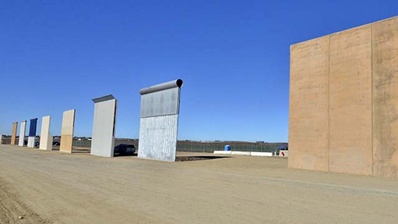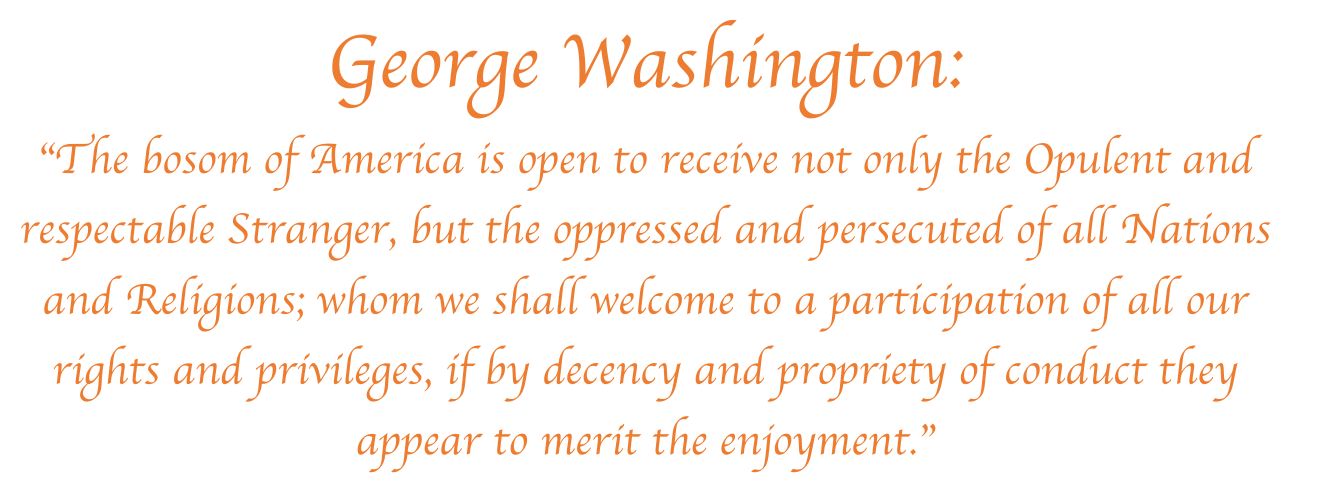
As the 21st Century dawned, the U.S. was attacked by foreign terrorists in New York and Washington using hijacked aircraft as weapons. Wars in the Middle East in response to those attacks led to a refugee crisis that has engulfed much of Europe. In the U.S., a crisis has been building on our southern border for an even longer period. There has been a steady focus on immigration over the last two decades.
The National Museum of the American People will be monitoring and marking events such as these, and events we don’t now anticipate, in future years as each move has a role in defining the American People.
In the wake of the 9/11 attack the U.S. passed the Patriot Act that broadened terrorism-related criteria for deportation and broadened inadmissibility rules for noncitizens. In addition it established a foreign student monitoring program.
A year later the Enhanced Border Security and Visa Entry Reform Act streamlined electronic border control systems for those entering and leaving the country. In 2002 the Department of Homeland Security was created and established three new agencies to monitor and protect our borders: the U.S. Customs and Border Protection (CBP), U.S. Immigration and Customs Enforcement (ICE), and U.S. Citizenship and Immigration Services (USCIS).
The Intelligence Reform and Terrorism Prevention Act of 2004 added more reasons to not admit and to deport noncitizens and increased penalties for alien smuggling. The Border Protection, Anti-terrorism and Illegal Immigration Control Act of 2005 criminalized violations of federal immigration law.
In 2006 the Senate passed a comprehensive immigration reform bill but the House refused to consider it. The issue of immigration reform has been simmering since then. But Congress did enact the Secure Fence Act that called for more than 700 miles of reinforced fence to be built along the Mexican border in places where there had been a high level of drug trafficking and illegal immigration. In 2006, 6,000 National Guard troops were sent to the Mexican border to assist Border Patrol agents.
After Congress failed to pass an immigration reform bill in 2012, President Obama announced the Deferred Action for Childhood Arrivals (DACA) policy to allow those entering the U.S. before the age of 16 to apply for a work permit and two-year protection against deportation. In 2014 President Obama took executive action to delay the deportation of 5 million undocumented immigrants after meeting various conditions and he broadened the DACA program.
In 2017, as one of his first acts in office, President Trump moved to impose new restrictions on immigration from several Muslim-majority countries in conflict regions. Starting in 2018, and continuing today, the President’s effort to build a significant border wall along the Mexican border has emerged as a major national issue.
When the National Museum of the American People opens it will mark all of our nation’s significant actions to determine who the American People are … and who they will be.
This blog is about the proposed National Museum of the American People which is about the making of the American People. The blog will be reporting regularly on a host of NMAP topics, American ethnic group histories, related museums, scholarship centered on the museum’s focus, relevant census and other demographic data, and pertinent political issues. The museum is a work in progress and we welcome thoughtful suggestions.
Sam Eskenazi, Director, Coalition for the National Museum of the American People


